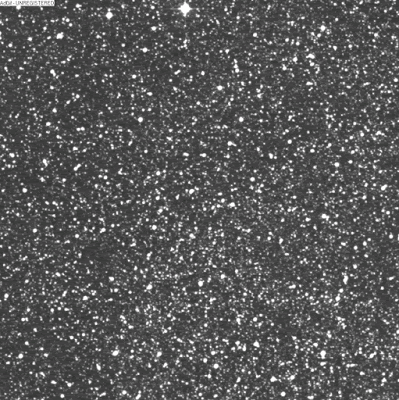According to the Cbets 2053 & 2055 the transient in Eridanus has been spectroscopically confirmed as a nova. Spectra obtained on Nov. 26 by H. Maehara (Kyoto University) and by M. Fujii (Okayama) shows that the object seems likely to be an He/N-class nova.
This nova has been designated NOVA ERIDANI 2009.
This nova has been designated NOVA ERIDANI 2009.
Moreover another spectrum obtained by NASA researchers using the Aerospace Near-Infrared Imaging Spectrograph on the 3-m Shane reflector of Lick Observatory shows very strong, broad emission lines and confirm this object as a nova.
In the meantime prediscovery measurements of Nova Eridani 2009 have been reported on VSNET mailing list by "Pi of the Sky” team.
According to their measurement the nova reached the magnitude 5.60 (R-filter) on Nov. 15:
20091113.301 7.10 R "Pi of the Sky"
20091114.304 5.71 R "Pi of the Sky"
20091115.308 5.60 R "Pi of the Sky"
20091116.302 5.92 R "Pi of the Sky"
20091117.297 6.09 R "Pi of the Sky"
ASAS-3 system (Pojmanski 2002, Acta. Astron. 52, 397) also detected this object at the following V magnitudes:
Nov. 10.236 UT, [14.0:
Nov. 19.241, 7.34;
Nov. 22.179, 7.98;
Nov. 24.269, 8.12.
by Ernesto Guido









